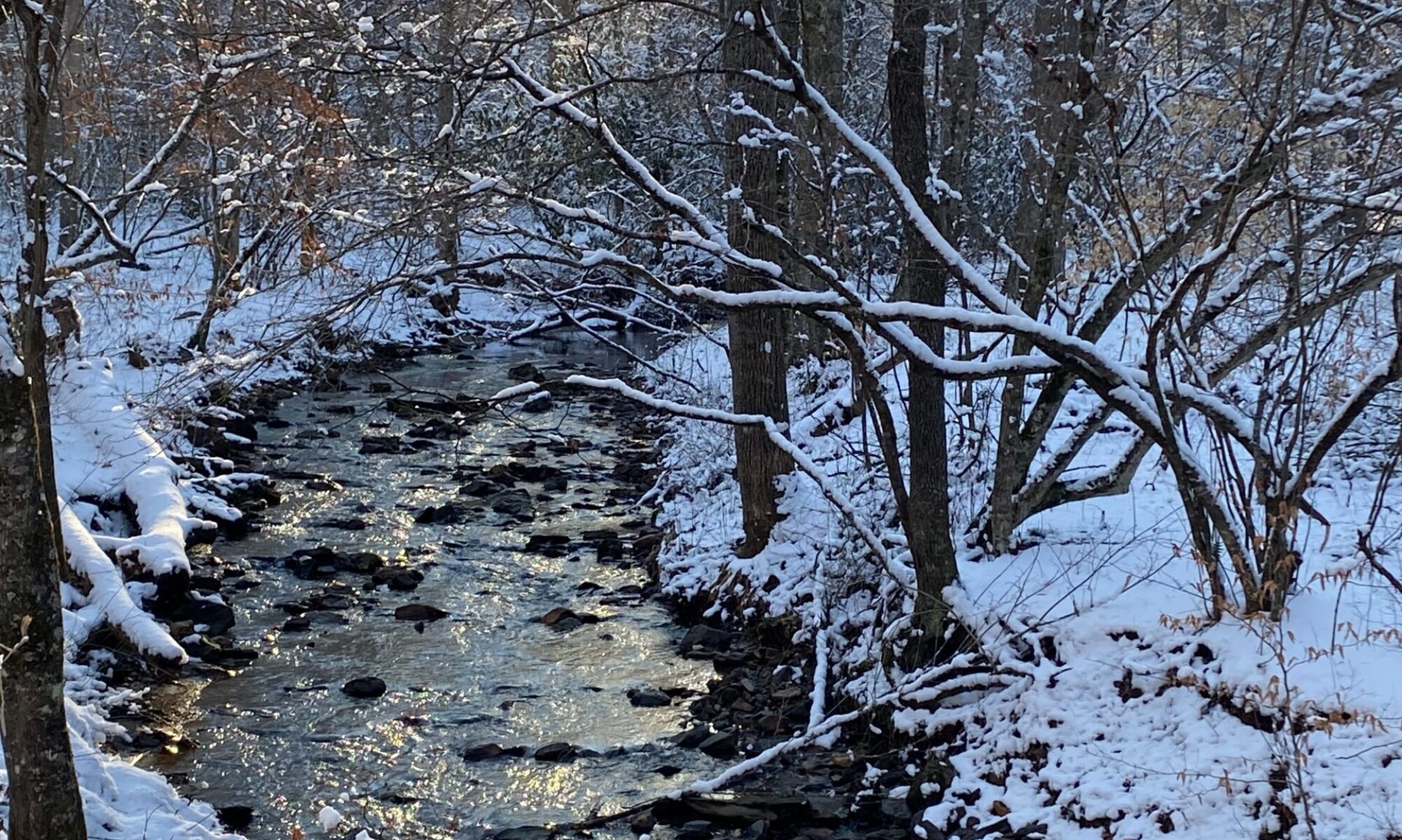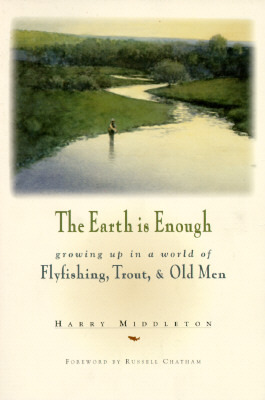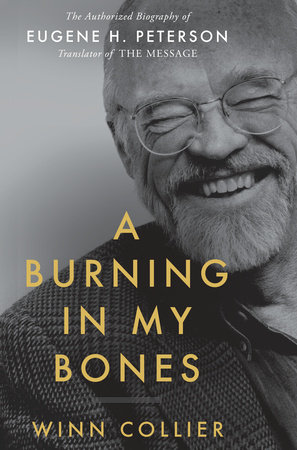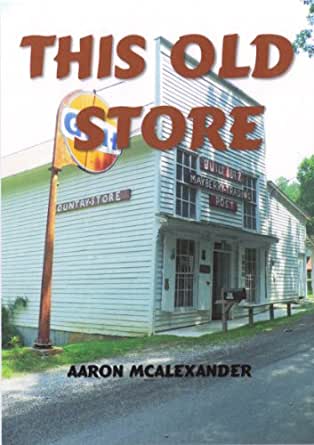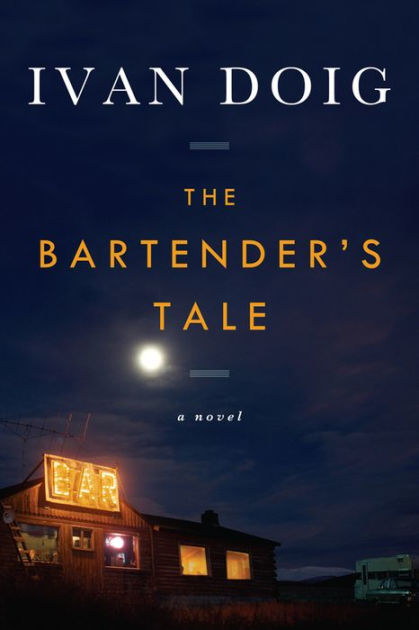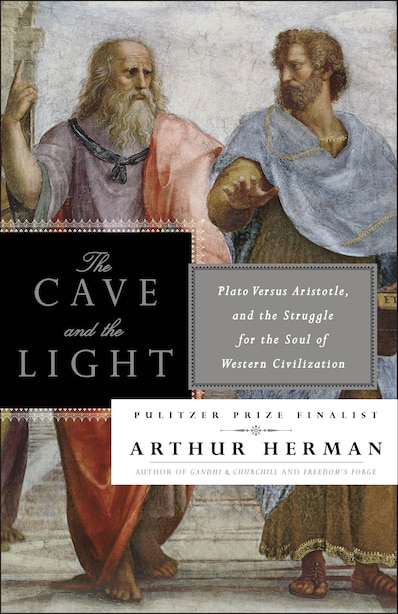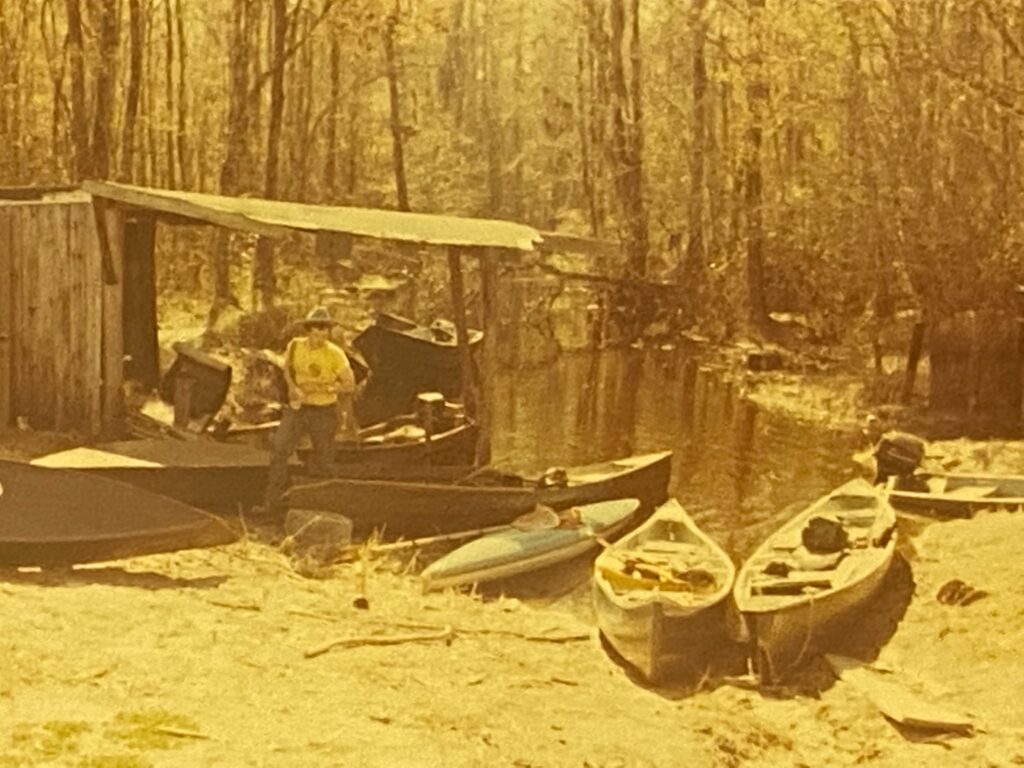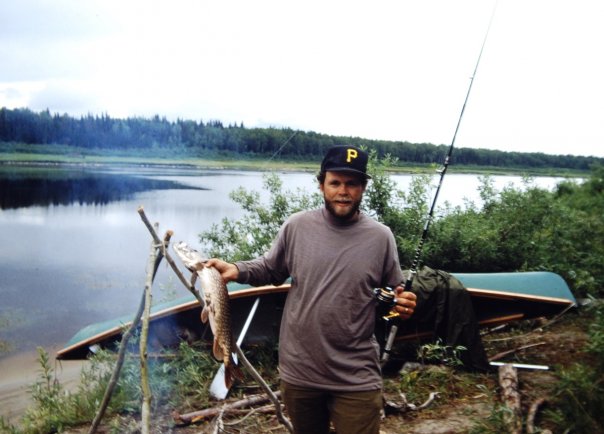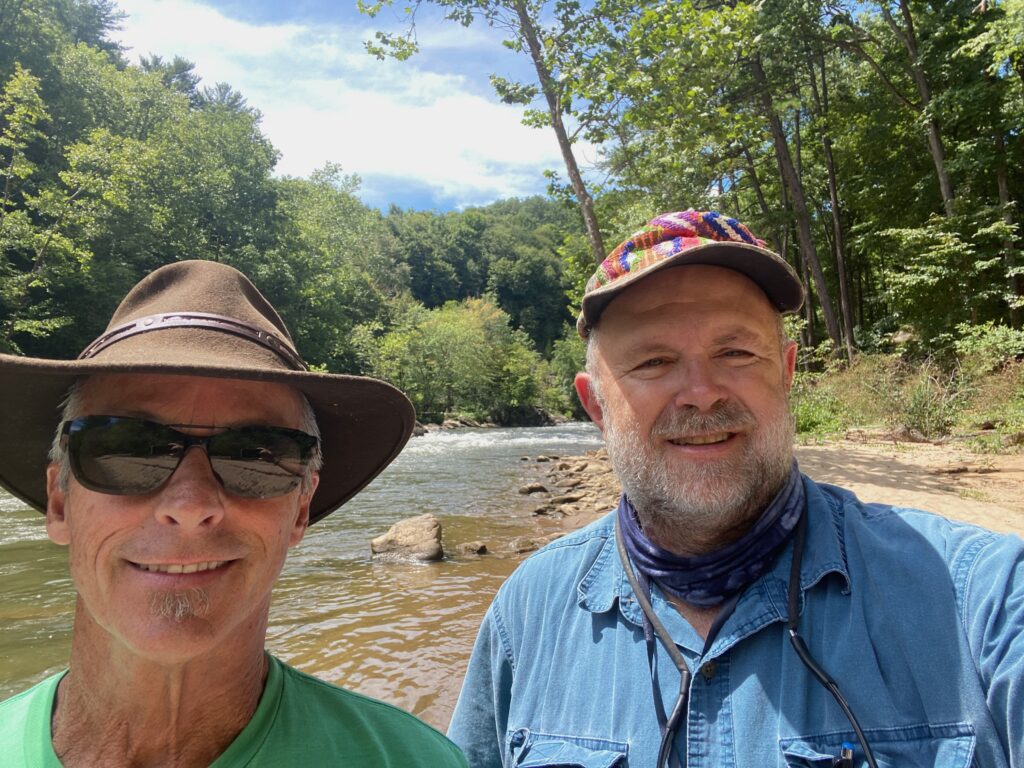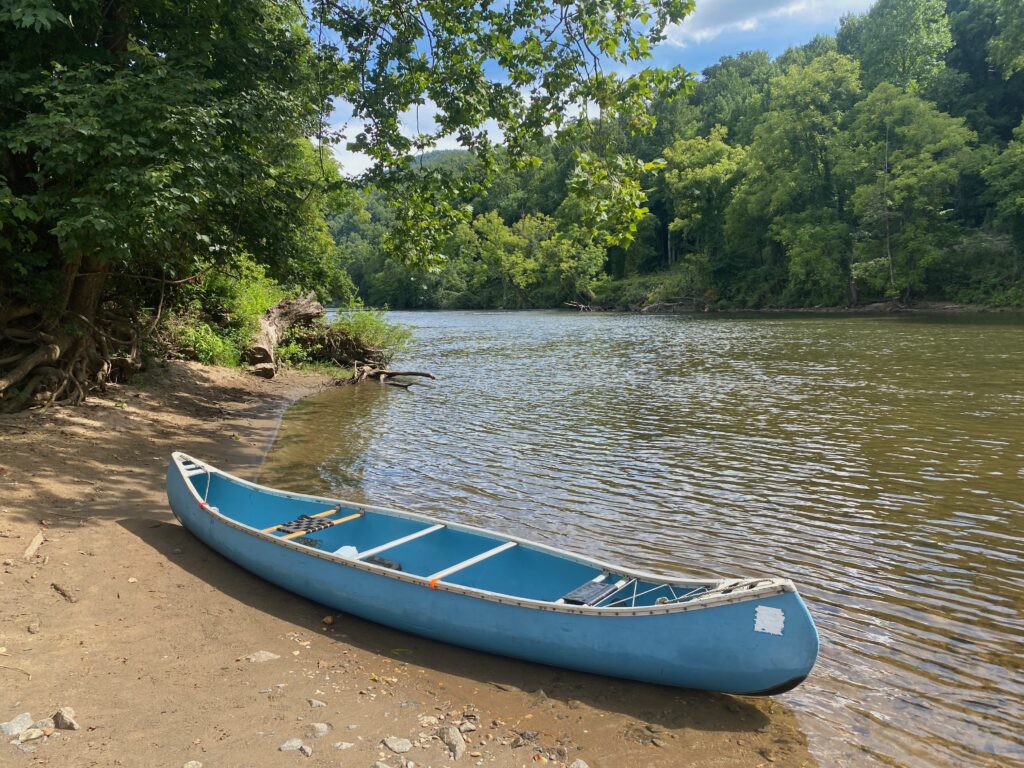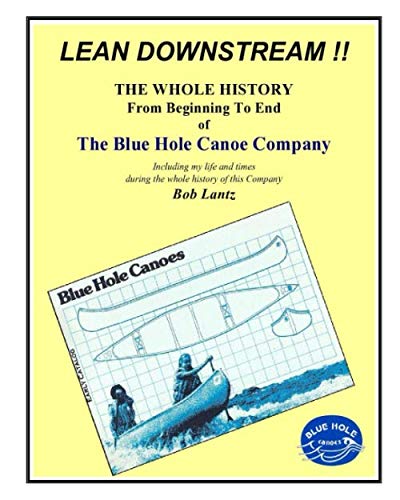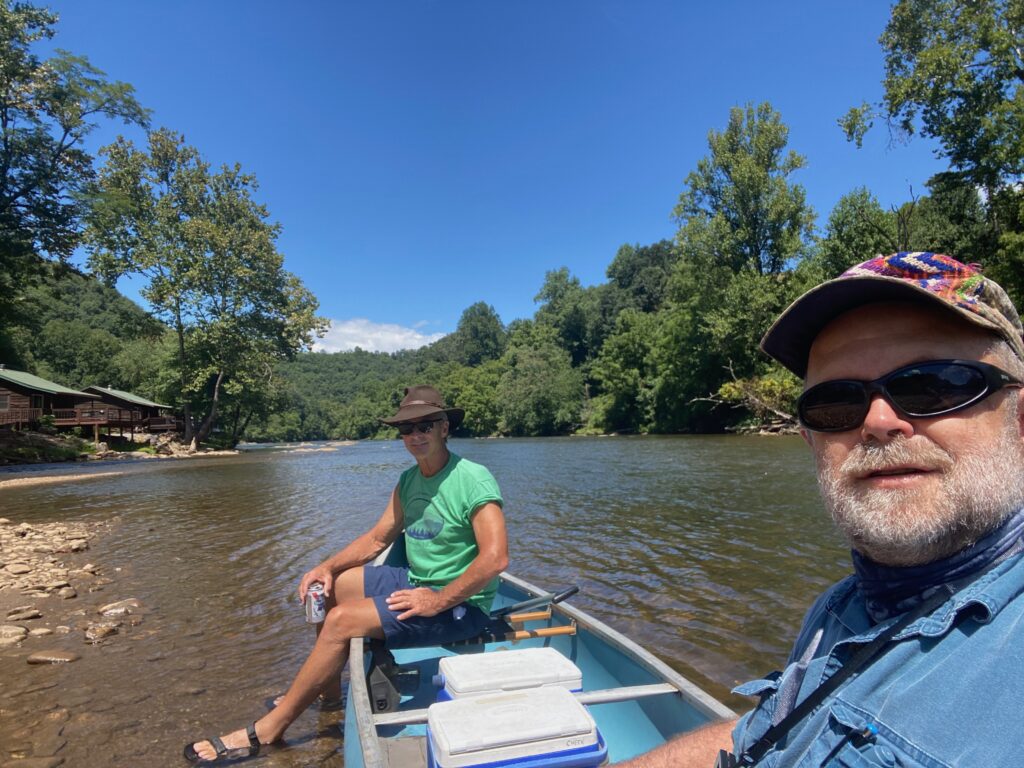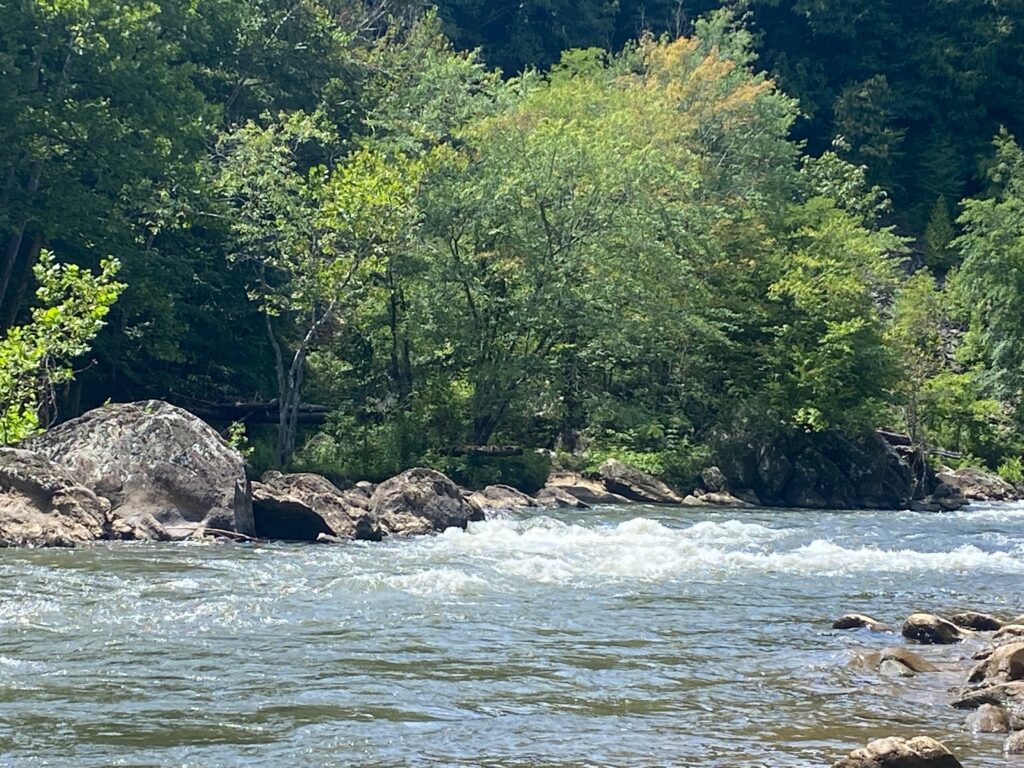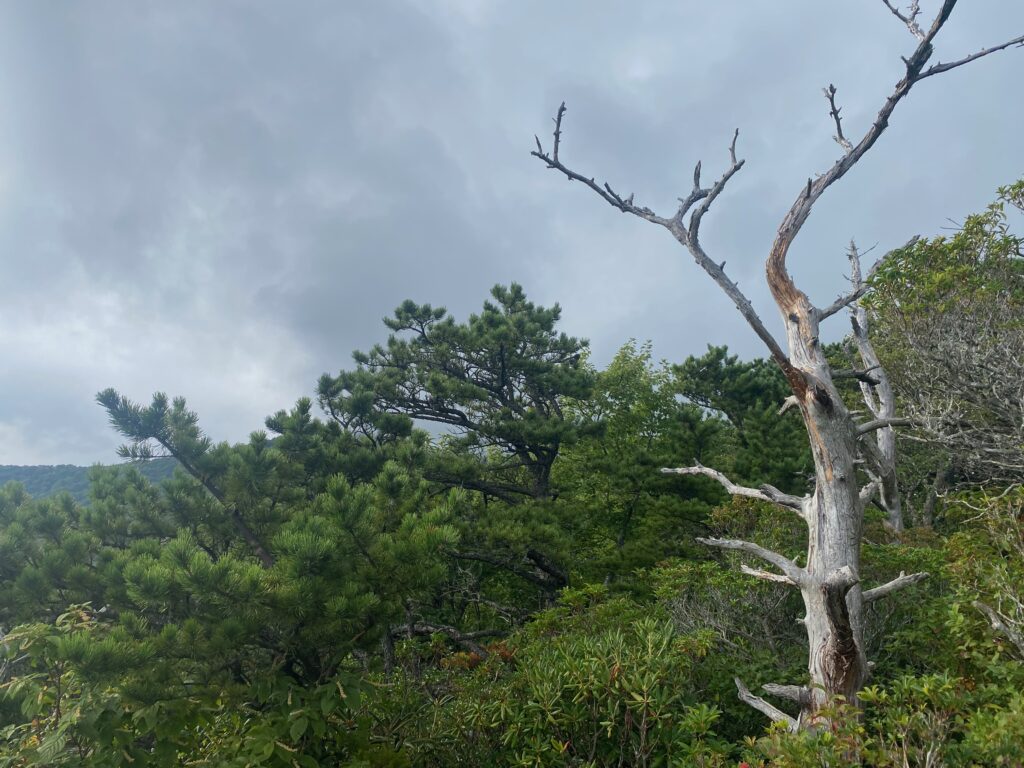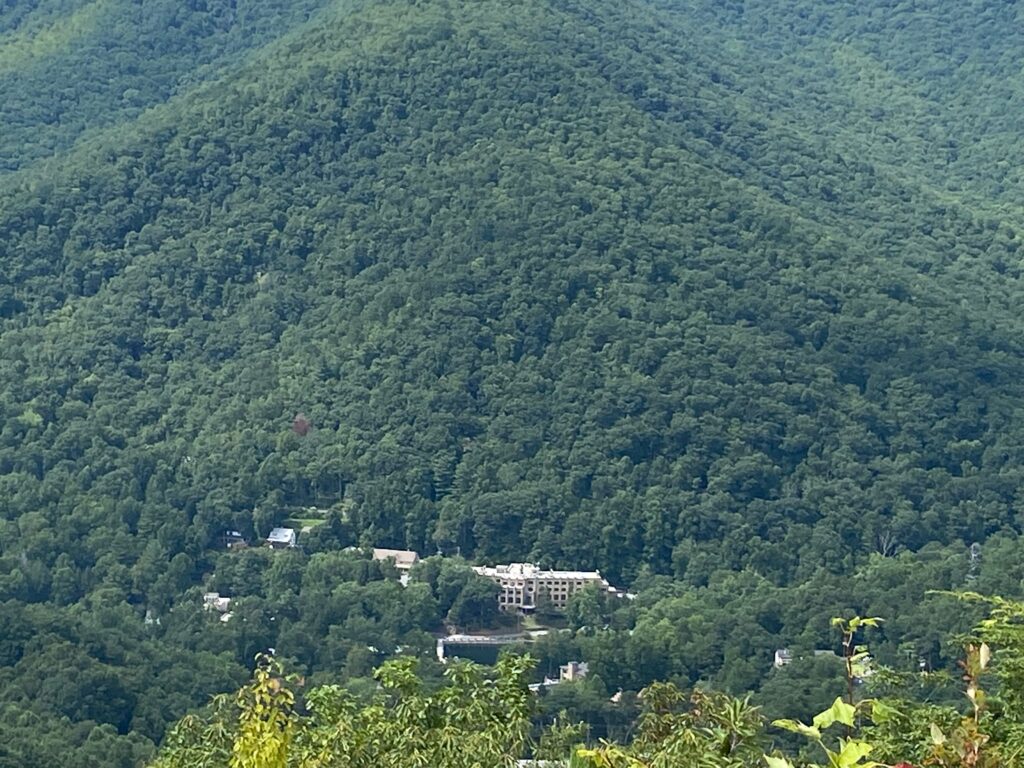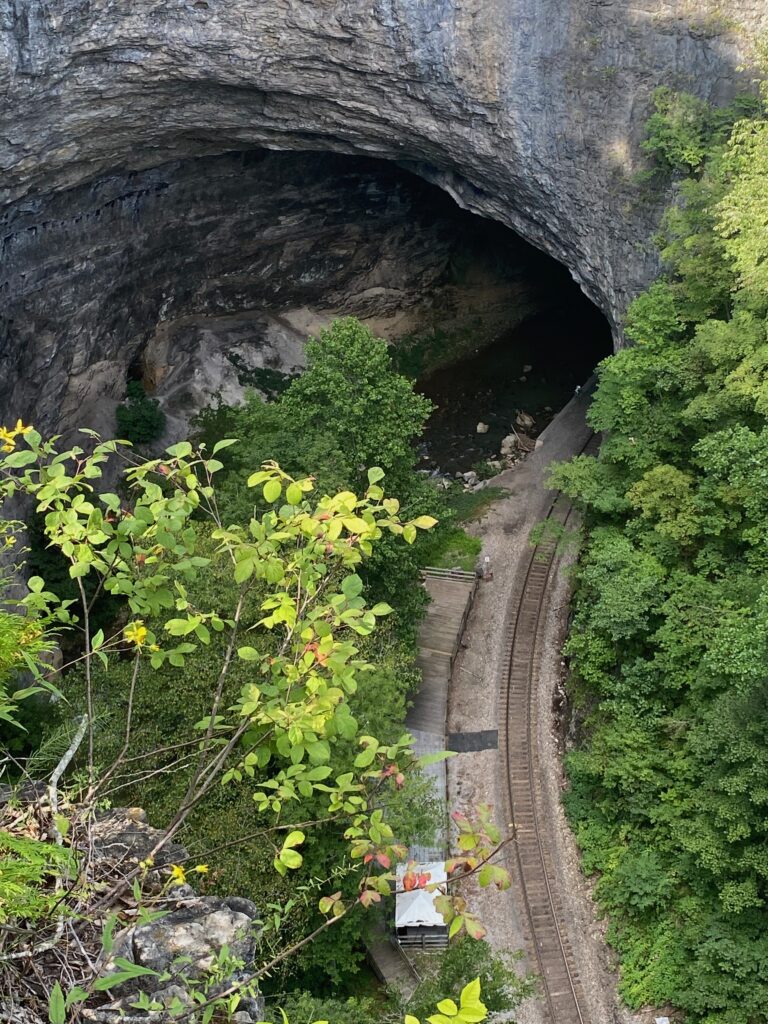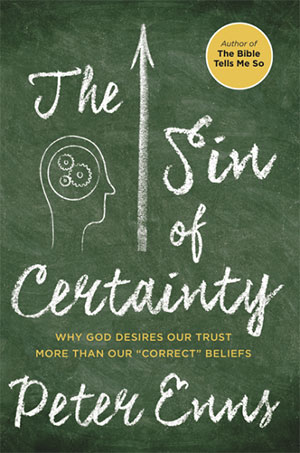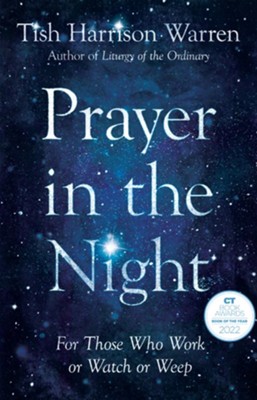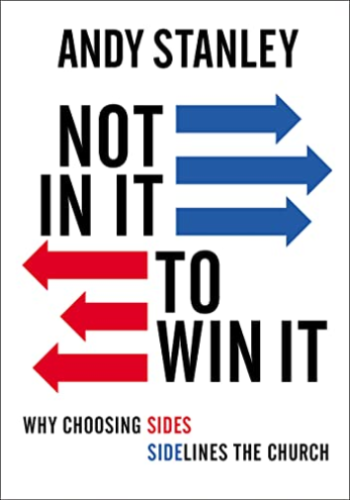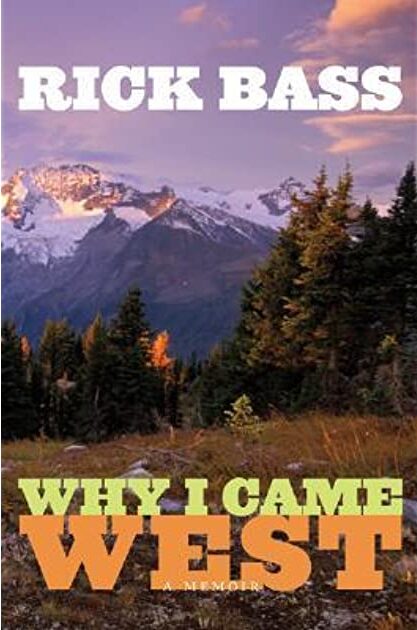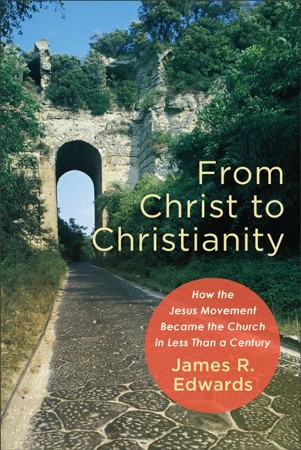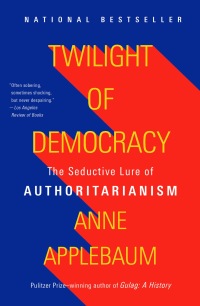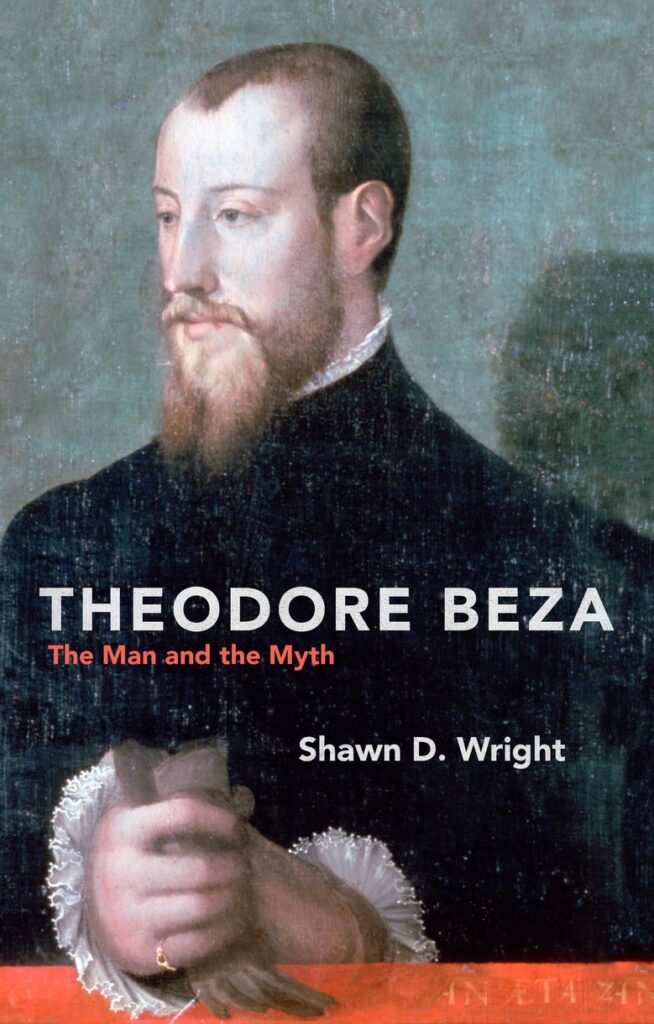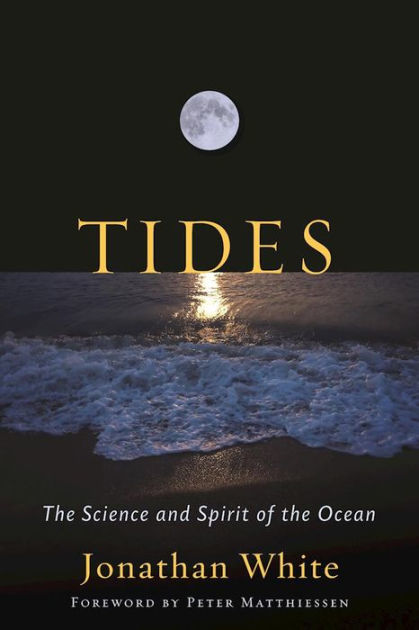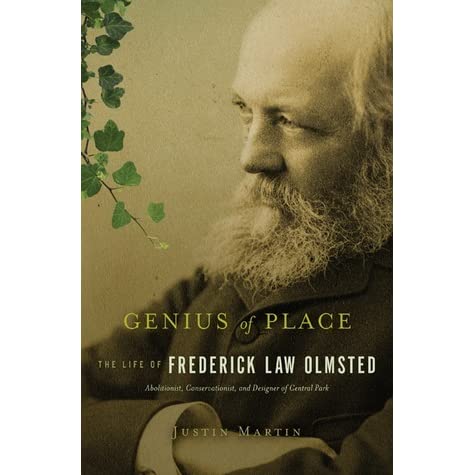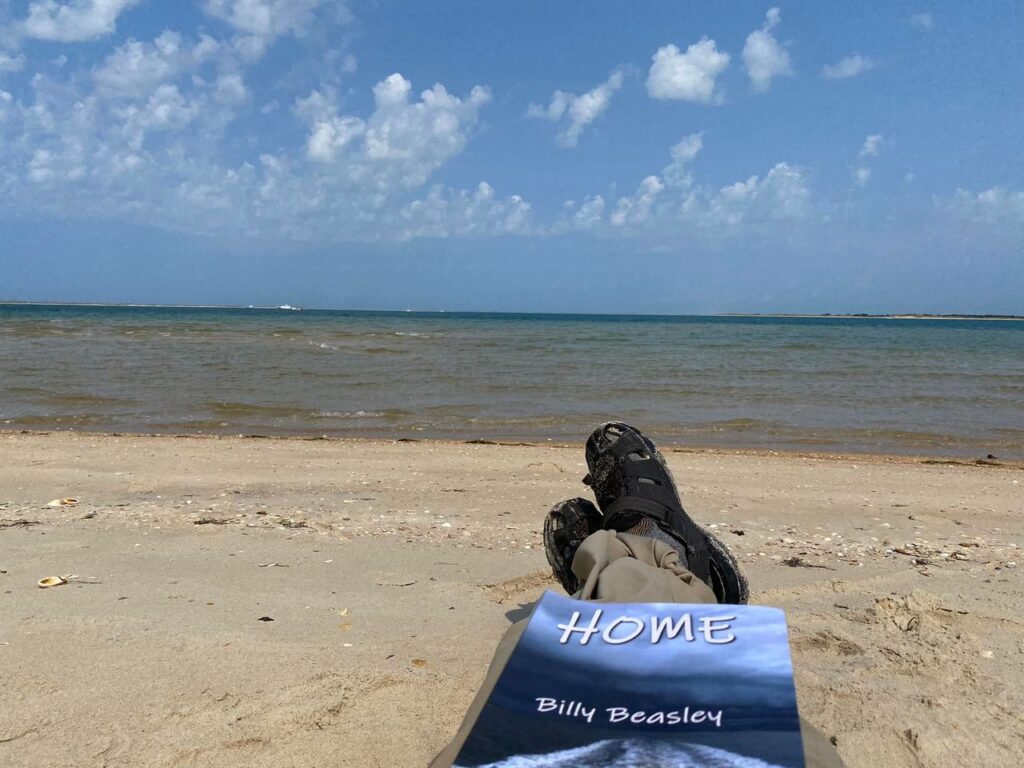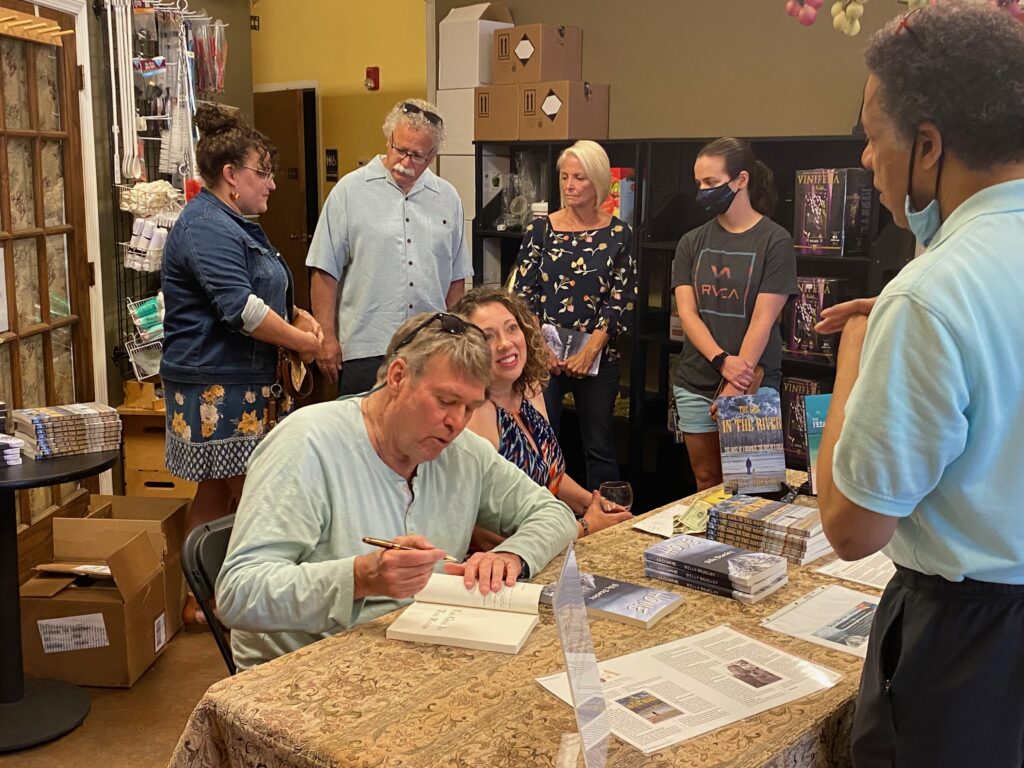I didn’t really have a dog in the hunt during the World Series, but I did enjoy watching parts of the games. However, over the past month, I did read two books about baseball in which I’ll review. If you’re a fan, you might find these books interesting and a way to carry you through the winter until February, when the pitchers and catchers report to spring training. The first book was to take me back to the second grade, about the time I learned about baseball. The second, a biography of Ty Cobb, took me back to an era even before my grandfather played ball. I’ve been reading a lot this year and I am way behind on book reviews.
David Halberstam, October 1964
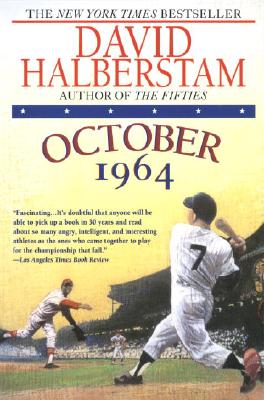
(New York: Fawcett Books, 1994), 382 pages including a bibliography, plus 16 pages of photos.
1964 was the year I became aware of baseball. My dad giving me a bat that summer. Also, when my grandparents attended the World’s Fair in New York during the fall, they stopped by to see us on their way home (we lived in Petersburg, VA from 1963-66) and gave me a baseball cap that featured photos of Mickey Mantle and Roger Maris. That cap would probably be worth something today. The year was also one for change for baseball. It was the last year for a while in which the New York Yankees dominated baseball. It was also a year the St. Louis Cardinals again became a dominate National League team. They would beat the Yankees in the World Series in seven games. Over the next few years many of the Cardinals would become familiar as I followed the game more closely. Lou Brock, Curt Flood, and Bob Gibson would again play in the first World Series I followed carefully as the Cardinals lost to the Detroit Tigers in ‘68.
While the book title just mentions October, Halberstam provides an overview of the entire season for the leading teams. He also provides historical background of players, coaches, and managers including delving into the Yankees fading glory and the building of a contending team in St. Louis. He also gives background into other teams in the chase for the pennant. Both teams in the World Series had won their pennant by only a game and there were several teams in the hunt until the last day, making it an exciting ending. New York ended one game ahead of the Orioles and two games ahead of the White Sox. In the National League, the Cardinals were never in first place until the last week of the season. On the last day of the regular season, they bested the Phillies and Reds by one game.
Another difference between the teams was the American League being far behind the National League in recruiting African American players. St. Louis hosted many black stars, while New York was just beginning to bring aboard black players.
While there was some acknowledgement to what’s going on in the world outside of baseball, Halberstam mostly focused on the game itself and how it was changing as you had more African Americans playing the game, television was becoming more important, and the players were becoming celebrities. Some, like Mickey Mantle, ate up the attention while others like Roger Maris wanted no part of it.
This book provides great introductions to the players, coaches, and owners of each team. It’s a good read for baseball fans. I have read and enjoyed several other books by David Halberstam including The Summer of ’49 and The Fifties.
###
Charles Leerhsen, Ty Cobb: A Terrible Beauty
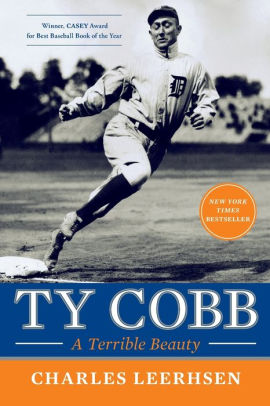
(Audible, edited by Malcolm Hillgartner, 2015, 15 hours and 33 minutes)
Many believe Ty Cobb to be the best baseball player of all times. Sadly, even though motion pictures were available at the time he played, there are no films of Cobb running the bases or swinging a bat. Just a short movie of him warming up by catching and throwing a ball. While many think Cobb is the greatest, others believe that Cobb was one of the dirtiest ballplayers of all time. The rumor is that he was hated by most other players, and was a racist.
Leerhsen has taken it upon himself to challenge a lot of the rumors about Cobb. While he doesn’t come across like a Sunday school teacher, Leerhsen portrays Cobb as a complex human being. A great ball player, he probably didn’t sharpen his spikes (or if he did, it might have been to intimiate his players, but spiking of other players does not seem to have been a regular occurrence for Cobb. While this was the rumor even during his career, in one case where the commissioner was going to punish Cobb for such an infraction, a photographer provided evidence that he had not spiked the other player
As for being a racist, Leerhsen points out that as an older man, Cobb was one of the former great ballplayers to welcome Jackie Robinson, the first African American, into the major leagues. He was also elected to the baseball hall of fame its first year in existence and received more votes than Babe Ruth. Leerhsen, while correcting many of the misconceptions of Ty Cobb, show us a flawed man who was a talented ballplayer. He liked to win and worked hard. Cobb didn’t like spring training (and often showed up late) because he stayed in shape in the winter. He also studied the game and other players, which allowed him to get a “psychological jump” on them.
Cobb’s career begin in the “dead ball” era. Before the First World War, the baseballs were not as tight as those after the war. In addition, unlike today when balls are replaced regularly, during this era a ball might be used for the entire game. As the innings advanced, the ball tended to get softer. During his era, there were few homeruns. Cobb often bunted and depended on speed to make it to the base. Or he would punch the ball over the heads of the infield.
As a batter, Cobb had a unique stance and held the bat with his hands apart. This allowed him to quickly choke up on the bat if the ball was inside of the plate, or extend his grip if the ball was outside. After the war (in which Cobb volunteered), Cobb showed he could also reach the fence. Once, having been told Babe Ruth was the better ballplayer, he hit five homers in two games. Cobb still holds the highest lifetime batting average in the major leagues. But where Cobb really made a name for himself was baserunning, successfully stealing home a record number of times. And he liked to win!
Cobb was successful in life. He invested well (including in his home state’s Coca Cola stock) and was probably a millionaire halfway through his career. He was also one of the highest paid ballplayers of the era, earning up to $60,000 a year in the mid-1920s. But he did have a problem with violence and often got into fights with other ballplayers, with fans, with hotel clerks, and others. While Leerhsen acknowledges this tendency, he points out this was an era where were fighting was common among ballplayers.
Cobb became one of the first celebrities of baseball. He hung out with Presidents and often inviting other players down to Georgia to hunt or fish with him during the off season.
I enjoyed listing to this book as I drove back and forth from my father’s home last month.
This has been a year for baseball books including Baseball in ’41: A Celebration of the ‘Best Baseball Season Ever’” by Robert W. Creamer.
